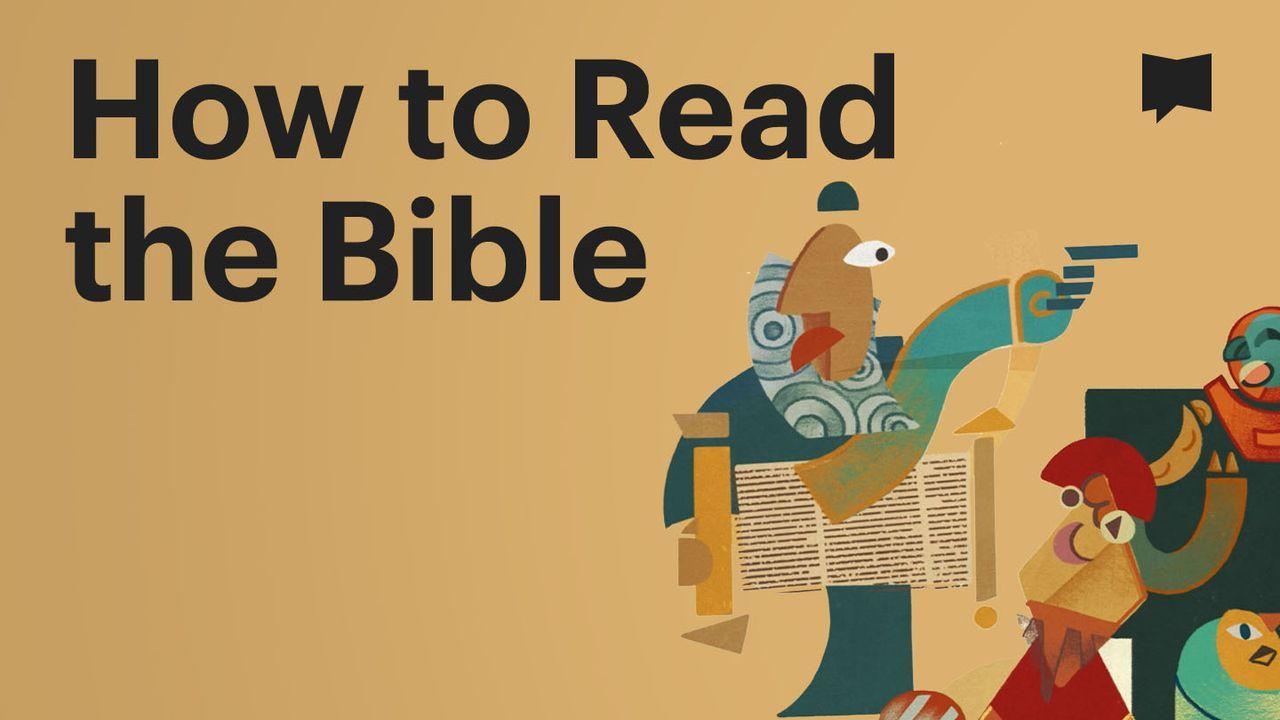BibleProject | How to Read the BibleSample

Day 17: Biblical Law
If you have ever tried to read the Bible from the beginning, you may have noticed that at 69 chapters into the story (at Exodus 19 to be exact), the story slows way down to make room for the laws given to ancient Israel. And there are over six hundred of them! Why are they in the story? Are Bible readers supposed to follow them or respond to them in some way? And how do they relate the New Testament part of the story when Jesus shows up?
These are huge questions that we will explore in today’s video, but here are some helpful starting points:
1. The Old Testament is not a law book. Rather, these laws given to Israel constitute the terms of their covenant relationship with the God who rescued them from slavery in Egypt. The covenant ceremony is found in Exodus 19-24, where we find the 10 commandments, plus 42 other commands that illustrate the principles of worship, justice, and community life that Israel was to follow.
2. These laws were given to appoint Israel as a “kingdom of priests” (Exodus 19:4-6), a contrasting community that would represent God’s presence and character to the surrounding nations.
3. The covenant was consummated as God prepared a miniature Eden to inhabit when he took up residence among his people (i.e. the tabernacle in Exodus 25-31, 35-40).
4. As the story picks up again, we find a pattern of narratives alternating with sections of more covenant laws. And these narratives usually involve the Israelites breaking the covenant laws they just received! This begins with the story of the golden calf (Exodus 32-34), then the rebellion of the sons of Aaron (Leviticus 9), the worship of the goat idols (Leviticus 17), and then the constant rebellion of the Israelites in the wilderness (Numbers 11-21).
This pattern is part of the Torah’s communication strategy, which is to show that these laws offered ancient Israel a way to live by God’s will, but they consistently failed. This is why Moses’ final speeches to the Israelites in Deuteronomy 30-32 predict their ultimate failure and exile from the promised land. Moses also says that God would have to recreate their hearts if they were to ever be God’s faithful covenant partners. There’s a lot to unpack here, but these hundreds of laws are part of the way that the Torah’s storyline points forward to the same future that Israel’s prophets announced (see Jeremiah 31 or Ezekiel 36-37). It’s only when humanity is renewed by God’s creative Spirit that we are able to truly love God and trust his wisdom.
This is the story that Jesus was stepping into when he said that he came to bring the Torah to its fulfillment (see Matthew 5:17-48), and that loving God and one’s neighbor fulfills the Torah (see Matthew 22:34-40). And this is the same story carried forward in the work of the Spirit among Jesus’ followers (see Galatians 5:13-23). So the laws actually play a crucially important role in the biblical story, but it requires a macro view to see how it all fits together and leads us to Jesus.
About this Plan

The Bible is the most influential book in human history, but what is it exactly? This reading plan is designed to introduce you to the Bible and its unique design, various genres, and unified story.
More
| We would like to thank BibleProject for providing this plan. For more information, please visit: http://bibleproject.com |
Related Plans

All the Praise Belongs: A Devotional on Living a Life of Praise

Launching a Business God's Way

Money Matters

1 Corinthians

What Is My Calling?

Sharing Your Faith

Overwhelmed, but Not Alone: A 5-Day Devotional for the Weary Mom

Jesus Meets You Here: A 3-Day Reset for Weary Women

Unshaken: 7 Days to Find Peace in the Middle of Anxiety
